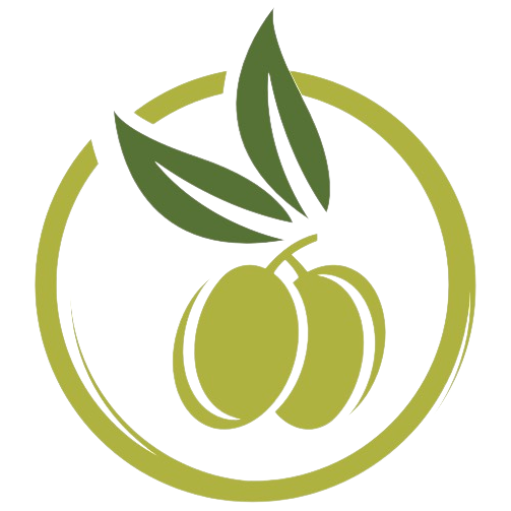The olive tree, one of the oldest known cultivated trees in the world, has been a part of Mediterranean civilization since before recorded history. Olive trees possess an amazing ability to survive under unfavorable conditions; however, it is a demanding crop if it is to flourish. Therefore ,
a suitable environment and proper cultural care are necessary for the full development of the agronomic characteristics and steady production conditions. The tree is cultivated today in many countries, including Turkey, Egypt, Tunisia, Morocco, Algeria, Libya, Syria, Lebanon, Jordan, Palestine, etc. and other European countries such as Spain, Italy, Greece, Portugal, Cyprus, Croatia, Slovenia, etc . Mediterranean countries accounted for approximately 97% of the world’s olive cultivation, estimated at approximately 10,000,000 hectares. There are more than 800 million olive trees currently grown throughout the world, of which more than 90% are grown for oil production and the rest for table olives. It is estimated that more than 2,500,000 tons of olive oil are produced annually throughout the world. Today, the olive fruit and oil provide valuable nutrients for humans, and they play important roles in the diets of the people in the areas of cultivation, in addition to the role in their economy and culture.
